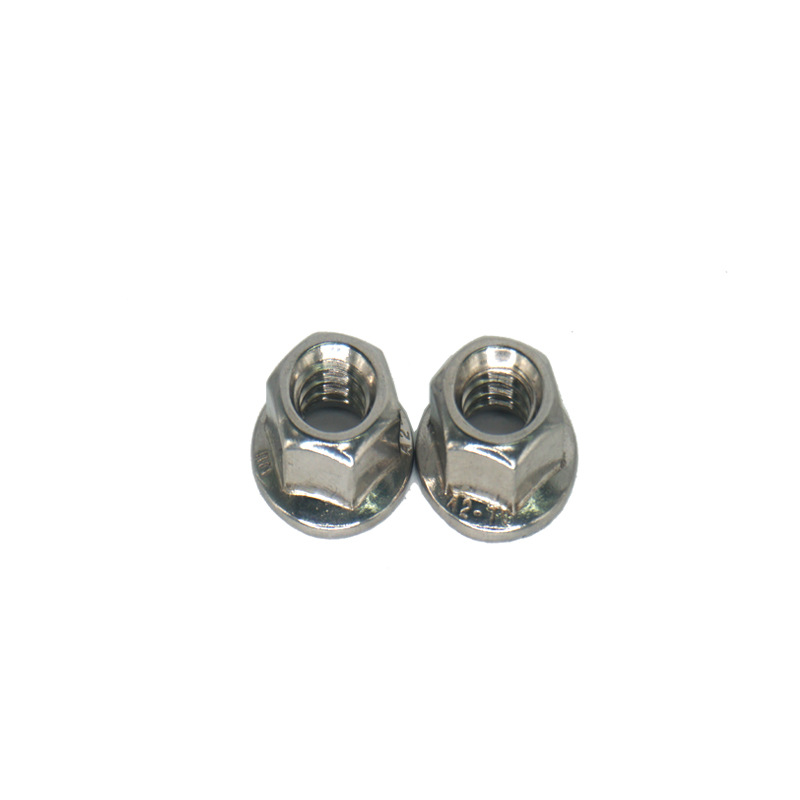

slotted strut
Dec . 12, 2024 00:26 Back to list
slotted strut
Understanding Slotted Struts A Key Component in Structural Engineering
In the realm of structural engineering, the slotted strut is an essential component often used in various construction projects, from simple frameworks to complex architectural designs. This innovative structural element is characterized by its elongated shape with slots or openings, which allow for adjustments in position and provide enhanced flexibility. This article delves into the significance, applications, and advantages of slotted struts in modern construction.
What is a Slotted Strut?
A slotted strut is essentially a beam or rod designed with linear slots along its length. These slots enable the strut to accommodate bolts or other fastening mechanisms at varying positions, making it easier to assemble and adjust structures as needed. The design of a slotted strut is not only functional but also contributes to the overall efficiency of building design by allowing for modular construction methods.
Importance in Structural Engineering
In structural engineering, flexibility and adaptability are crucial. Traditional struts often lack the adjustability that slotted struts offer, leading to challenges during construction or modification phases. Slotted struts provide engineers and architects with the ability to fine-tune the alignment and load distribution of structures. This characteristic is particularly advantageous in projects where precision is vital, such as the construction of bridges, large buildings, and frameworks in industrial settings.
Applications of Slotted Struts
slotted strut

Slotted struts are widely used across various fields 1. Frameworks In building construction, slotted struts help create frameworks for walls, roofs, and floors, allowing for easy adjustments during assembly. 2. Industrial Racks and Shelving They are often utilized in manufacturing and storage solutions, providing adjustable shelving systems that cater to different storage needs. 3. Bridges The flexibility of slotted struts makes them suitable for bridge construction, where they can absorb dynamic loads and allow for minor adjustments in position during assembly. 4. Hangars and Aircraft Support In the aerospace sector, slotted struts are used to support aircraft structures, providing both strength and adaptability.
Advantages of Slotted Struts
The use of slotted struts comes with a myriad of advantages, including
- Ease of Installation The slots allow for quick assembly and disassembly, facilitating easy modifications as project requirements change. - Cost-Effectiveness By reducing the need for custom fittings and complicated connections, slotted struts can lead to lower labor and material costs. - Enhanced Structural Integrity The ability to adjust connections ensures that loads are distributed more evenly, enhancing the overall stability of the structure. - Versatility Their adaptive nature makes slotted struts suitable for a wide range of applications, from temporary installations to permanent structures.
Conclusion
In conclusion, slotted struts play a pivotal role in contemporary structural engineering. Their unique design allows for increased flexibility, ease of installation, and improved structural integrity, making them a preferred choice in various applications. As the field of construction continues to evolve, the importance of adaptable components like slotted struts will only grow, enabling engineers and architects to meet the challenges of modern building demands effectively. Whether in residential projects or industrial applications, understanding the benefits of slotted struts can significantly enhance a project’s design and execution.
Latest news
-
Premium Fasteners Manufacturer | AI-Driven Solutions
NewsAug.01,2025
-
Hot Dip Galvanized Bolts - Hebei Longze | High Strength, Corrosion Resistance
NewsAug.01,2025
-
High-Strength Hot Dip Galvanized Bolts - LongZe | Corrosion Resistance, Custom Sizes
NewsAug.01,2025
-
Best Self Tapping Screws for Drywall - Fast & Secure Installation
NewsJul.31,2025
-
High-Strength Hot Dip Galvanized Bolts-Hebei Longze|Corrosion Resistance&Customization
NewsJul.31,2025
-
Hot Dip Galvanized Bolts-Hebei Longze Metal Products|Corrosion Resistance&High Strength
NewsJul.31,2025

